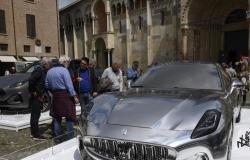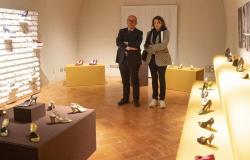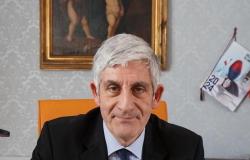ASTI Coldiretti Asti, through the voice of president Monica Monticone, has also returned to reiterate its position on the route of the Caso mini ring road (Asti South-West connection). The different path hypotheses were illustrated during a recent open city council meeting in which the new director of Coldiretti Giovanni Rosso also took part.
According to what was reported by Coldiretti, the infrastructure of great economic importance and notable environmental impact, in the hypothesis of the yellow route, would eliminate the existence of many agricultural companies, mostly young and organic.
Monticone began by saying: «Ours is not a No against everything nor against solutions that ease traffic, but we cannot accept a route, like the yellow one, that damages our farmers and our agriculture».
Already in November, Coldiretti Asti had deposited, for the attention of the mayor and the municipal council, a document which expressed all the concern of the Federation and its members regarding the impact that the infrastructure would have in terms of landscape, agricultural economy and environment.
Monticone recalled: «We are talking about the only agricultural heart of the city, characterized by organic companies and young people, who have invested heavily both in terms of company philosophy and in response to the dictates of the European Union regarding environmental sustainability».
The majority of the farms in question, in fact, are run or co-run by young people and, therefore, represent the future of Asti agriculture focused on innovation and sustainability. According to Coldiretti, the possible completion of the Caso project would entail, for some of them, a loss of up to 70% of the cultivated areas, which cannot be compensated by the payment of the value of the expropriated land.
Monticone insisted: «While we understand the importance of a fluid and logistically well-defined road system for the Asti area, we believe that, in light of the above and with a view to zero overbuilding, as per European directives, as well as safeguarding the cultural, agricultural and landscape heritage which would be greatly defaced, it is necessary to consider alternative solutions with less impact”.
For Coldiretti it is contradictory to claim to believe in young people and agriculture and then take away soil from the sector itself and the development of agricultural entrepreneurship. Monticone added: «Let’s not forget the tourist aspect: those who choose our province do not limit themselves to visiting the historic center, but increasingly seek the food and wine, landscape and rural experience, which only our farms can offer. The tourist flows of recent years justify the green policies and the historical-naturalistic, food and wine beauty that we have built together and with difficulty over time. Thanks to our farmers, who are the true architects of the landscape, we have become a tourist destination of excellence.”
Monticone concluded: «The data produced to date do not justify the sustainability of this investment in its “yellow” path. Let’s start again, therefore, to find solutions that are truly an advantage for our city and our territory. As Coldiretti we are open to a discussion to design together the province we would like.”
Manuela Zoccola
Tags: Coldiretti rejects hypothesis contained yellow outline






